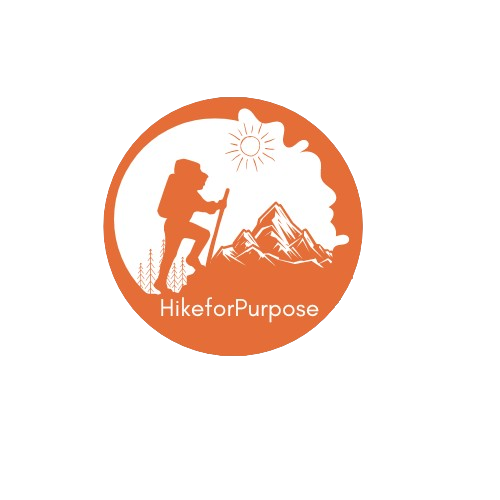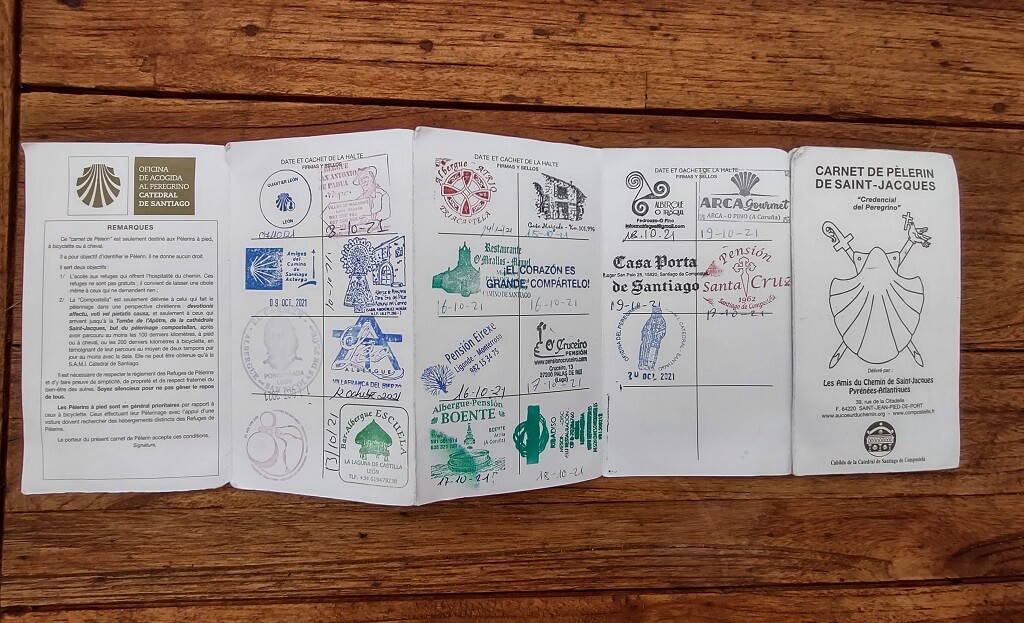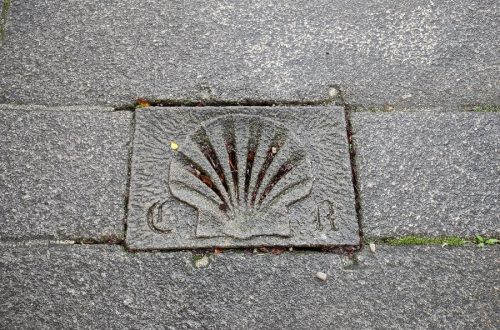Camino's
Everything regarding the Camino De Santiago
-
Do you need hiking poles for the Camino?
Lots of pilgrims walk with hiking or trekking poles on the Camino Frances, or any other Camino for that matter. I did the Portuguese Coastal without, and the Camino Frances with. And I have become a convert like many others. I never did much hiking with hiking poles in my younger years, and always felt weird with them whenever I tried them out. Hikes I did without trekking poles include the Hadrian’s Wall path, Dutch Limes, Camino Portuguese Coastal, and a section hike on the Appalachian Trail of Big Bald Mountain. I had it in my head that trekking poles were for the weak, and that they made an annoying…
-
How much weight to carry for Camino de Santiago?
The Camino de Santiago is not a wilderness hike, as such, carrying weight is not as big a deal on many other hikes where you have to bring a tent and everything that goes along it. In this blog post, I share the recommended weight for your backpack and some examples. The weight of your backpack on the different Camino’s should not exceed about 10 to 15% of your body weight. You can however carry more or less depending on what you need or are used to. Mine weighed a bit more than 9 kilos altogether on the Camino Frances, but that was mostly because I had to carry a…
-
How long does it take to walk the Camino Frances?
Walking the French Way of the Camino de Santiago de Compostela starts in Saint Jean Pied de Port and takes you to Santiago. The amount of days walking differs wildly from pilgrim to pilgrim, in this article I share my experience. And what you can expect. My Camino Frances took 33 days Of those 33 days, we spent one day not hiking, and one day just hiking 7 kilometers due to an injury in my group that required a short day. Other than that we hiked anywhere from 20 to 35 kilometers in a day. With days more than that or less. When starting at around 8 in the morning,…
-
Do I need cash on the Camino?
The answer to the question; Do I need cash on the Camino? Is yes. You need pocket money to pay for incidentals and your daily needs. In this blog post, I share my points and experience. On the Camino you can run into shops, cafés, and more importantly Albergues that do not have a card payment option. When your tired after a long day on the Camino, and you would have to hunt for a ATM or Cash machine you can have a big peace of mind that you have some cash on hand. It will save your butt when you need it most. Spain, Portugal, France, Europe, home of…
-
What are Albergues and how do they work?
Albergues are what you’ll most likely be sleeping in on the Camino de Santiago. There are other options, but the Albergues bring you the whole experience. Albergue or Albergues are the Spanish terms for hostel singular or hostels plural. There are two kinds of Albergues on the Camino de Santiago, Municipal and Private. Municipal are maintained by volunteers most of the time and are supported by the government. Privately owned Albergues are run for profit and, most of the time, a bit more expensive, but are known to offer more luxury than the Municipal ones. In this blog post, I share all the information and tips that I learned on…
-
Can you hike the Camino solo?
The Camino de Santiago brings a lot to the table, you will feel highs and lows and everything in between. Often the question is asked if you can hike the Camino solo or alone, in this article I share my experiences with starting out solo on the Coastal Camino in Portugal and hiking the Camino Frances with 2 people. Quick jump guide Advantages of hiking the Camino Solo As with many things, there are both sides of an argument, below I list all the advantages that hiking the Camino solo or alone can bring. Hike your own pace Hiking your own pace is the number one advantage of hiking any…
-
Camino Frances route map
The Camino Frances is the most popular Way out of all the different Camino’s, as such, you have a lot of options for navigating it. In this post, I share the options that I personally used and had a great experience with. Let’s get started! During the actual walking of the Way, you will be guided by the many Yellow arrows and waymarkers along the trail. Look out for any shells and yellow arrows, and you will be okay for 99% of the time. The navigation apps or guidebooks are more for your day-to-day planning and getting a real feel of how long the rest of your day is gonna…
-
Camino de Santiago | Packing list
The Camino de Santiago is not one hiking trail, but rather a series of long-distance paths that all end up in the same place. Santiago de Compostella. Many aspiring pilgrims are unsure what to take on the Camino de Santiago, here is my take on that question after hiking the Portuguese coastal way, Camino Finisterre, and the French way, and what changed in between. Quick jump list Affiliate links may be mentioned in this article, by purchasing a product through those links I may receive a kickback. At no extra cost to you. What do you need to bring for the Camino de Santiago? Gear lists are very personal and…
-
Religion and the Camino De Santiago
Once in a while, I see the question pop up on forums and message boards asking if you need to be religious to be able to walk the Camino to Santiago. This is not the case. Let’s expand on this answer and cover the religious and spiritual questions. In the Middle ages walking to Santiago De Compostella was done to make up for your sins, and seek religious help or guidance from Saint John, Saint-Jean, or any of his other ways to spell the name. People traveled on foot, on horseback, and even on their knees to make up for what they did in the past. Today however it is…
-
The Pilgrim Passport | Credencial
To prove and get your certificate on any of the Camino de Santiago hiking routes you have to make sure you collect stamps in your passport. In this blog post I share where to get it, how to take care of it, and other tips. The Pilgrim Passport identifies you as a Pilgrim, with it you can get access to the different albergues and other perks of being a Pilgrim. Such as food, water, and trail magic along the way. It is of vital importance that you get your Pilgrims Passport and that you protect it from the elements. Let’s get started on all the tips and questions for the…




























